|
Kevin Schoessow, University of Wisconsin Extension Area Agriculture Development Educator forBurnett, Sawyer and Washburn Counties spent well over an hour observing a Bombus (Bumble Bee) nest in the compost bin at the Spooner Agricultural Research Station. He used an upturned bucket to make for a nice observation seat in front of the nest entry. They pretty much ignored him as he sat there. Here are his observations:
"If I stand over the opening to the top of the bin and look down on the pile of grass and then tap the edge of the bin with my foot, the hive comes to life. The buzzing sound is almost deafening, and its amazing how bees almost magically appear from under the grass. It’s like they are sentinel laying in wait just beneath the surface. In a matter of seconds there are close to a dozen crawling and flying above the grass and I have been chased away on more than one occasion. Hopefully all this attention doesn’t interfere with their business. Based on what I am seeing/hearing we have a very healthy nest."
Now is the time to observe bumble bees at their busiest. There are a number of resources to learn more about these important pollinators.
The Spooner Agricultural Research Station Teaching and Display Gardens are open for self-guided tours during all daylight hours. Please follow the social distancing guidelines that are posted.
1 Comment
Have you visited our Teaching & Display Garden? This is a wonderful visit to make during this socially distant summer. Kevin Schoessow, Area Ag Development Agent, takes you on a tour of the popular pinwheel bed of the gardens. These beds have been "adopted" by Master Gardener Volunteers and reflect their different visions. Our gardens are open for self-guided tours during all daylight hours. Please follow the social distancing guidelines that are posted.
UW-Extension Master Gardener Volunteer Carla TePaske provides tips for great bouquets in this video. For more tips, check out this handout: "Cut Flower Tips" .
 Book Review Down to Earth with Helen Dillion Advice and inspiration from one of the worlds great gardeners. I enjoyed the chapter Potting Shed. I think we all can relate. "Tranquillity. Even saying the word has a calming effect. To me, the key to serenity is my shed. It has a lovely feeling of peace, and the good thing is that nobody knows exactly what I'm doing there. In reality I am probably just standing still, gazing out of the window. But if footsteps approach I start banging pots about, hoping that whoever's coming along will think I'm too busy to be disturbed." "Since the last time the shed was tidied, things have built up. The problem is all the bits of wire, boxes, trays, screws, string, plant ties, blunt pencils, drying seedheads, nails rusty and shiny, bags paper and polythene, stakes with one end snapped off, paintbrushes solid with drying paint, bags of this and bottles of that - not enough to use but too good to throw away." I enjoyed Helen's wit and no-nonsense gardening advice. Enjoy! AuthorCarla TePaske The National Garden Bureau, the non-profit information and marketing arm of the gardening industry, has chosen the hydrangea shrub as one of this year's "Year of” honors.
For dramatic color and presentation in the garden, the hydrangea shrub is a real winner. While hydrangea are native to Asia and the Americas, the hydrangea was first cultivated in Japan. Many varieties are zone hardy and can be successfully grown in NW Wisconsin. Some varieties can be grown in pots. The classic Bigleaf hydrangea likes early day sun and afternoon shade, they provide big bloom heads in a variety of colors from pink to blue dependent on the pH and minerals in your soil. Lowering the pH to acidic may be all that is needed to make the natural iron in the soil change a pink bloom to a blue. Use aluminum sulfate to change the pH but with care as too much can affect the foliage and surrounding plants. Endless Summer is a popular variety of Bigleaf hydrangea. Prune after blooming in late fall to control the size of the shrub. Where winters are harsh, pruning the stems to the ground may be advisable. Where there is more intense sun and drier conditions the Annabelle variety, a Smooth hydrangea, will give you white to creamy, sometimes pinkish, flowers. This variety blooms on new growth so prune to ground or a few inches above in late fall or early spring to avoid leggy and drooping stems. The blooms on these plants can be so large and heavy they can be weighed to the ground or forced to the ground by heavy rain. I have used removable wire edging fence around the plant to help support the heavy blooms. For a dramatic cold hardy variety with large cone shaped flower heads try Panicle. This variety grows tall on woody stems and can be shaped into a single stem small tree (best if purchased as a tree). Popular varieties are Vanilla Strawberry and Limelight. While some varieties of panicle can be pruned to the ground, for larger shrubs or tree shape, this variety should not be pruned to the ground except for unwanted, dead or diseased stems. The Oakleaf variety is better suited to zone 5 and warmer climates. This variety can be grown in pots and wintered indoors in NW Wisconsin. Hydrangea bloom from mid to late summer and into the fall. The bloom heads make wonderful additions to large bouquets of cut flowers or a bouquet by themselves. Some varieties also make wonderful dried flower bouquets. Cut the blooms at the peak of color as some color will be lost in the drying process. For more information on hydrangea, check out: https://ngb.org/year-of-the-hydrangea/ https://milwaukee.extension.wisc.edu/files/2016/11/HydrangeaBlues.pdf Article by MGV Pam Davies Photos by National Garden Bureau
Here's our next installment of Kids in the Garden! Did you know that you can compost with worms? It's called Vermicomposting and Master Gardener Volunteer Cheryl is here to teach you how she cares for her super composting worms. Her worms take food waste and newspaper and turn it into a super nutritious amendment for her garden soil.
I recently read On Flowers by Amy Merrick. Amy Merrick is a rare and special kind of artist who uses flowers to help us see the familiar in a completely new way. Her gift is to revel in the unexpected—like a sunny spring arrangement housed in a paper coffee cup—and to overturn preconceptions, whether she’s transforming a bouquet of supermarket carnations into a breathtaking centerpiece or elevating wild and weedy blooms foraged from city sidewalks. She uses the beauty that is waiting to be discovered all around us—in leaves, branches, seedpods, a fallen blossom—to tell a story of time and place. Merrick begins On Flowers with a primer containing all her hard-won secrets on the art of flower arranging, from selecting materials to mastering pleasing proportions. Then she brings readers along on her journey, with observations on flowers in New York City and at her family’s summer home in rural New Hampshire, working on a flower farm off the coast of Washington State, and studying ikebana in a jewel-box flower shop in Kyoto. We learn how to send flowers like a florist, and how to arrange them like a farm girl. We discover the poignancy in humble wildflowers, and also celebrate the luxury of fragrant blousy blooms. Collected here is an anthology of floral inspiration, a love letter to nature by an exceptional, accidental florist. Amy shares bouquet ideas. She helps you pick out the perfect vessel to display your bouquet. She encourages you to get creative with what kind of plants and flowers to add to your bouquet. Amy is full of positive energy and this read will have you smiling. Take a break, sit in the garden, pour some ice tea and enjoy paging this delightful book. AuthorCarla TePaske |
|
| North Country MGV | gARDEN bLOGS |
Location |
|
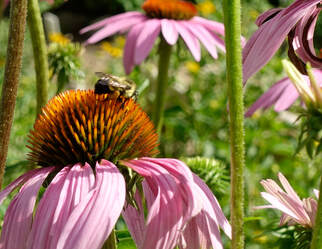
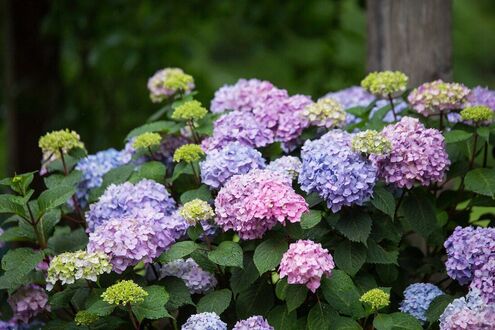
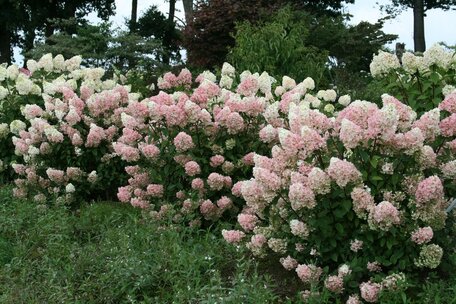
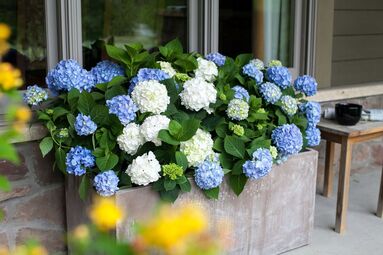
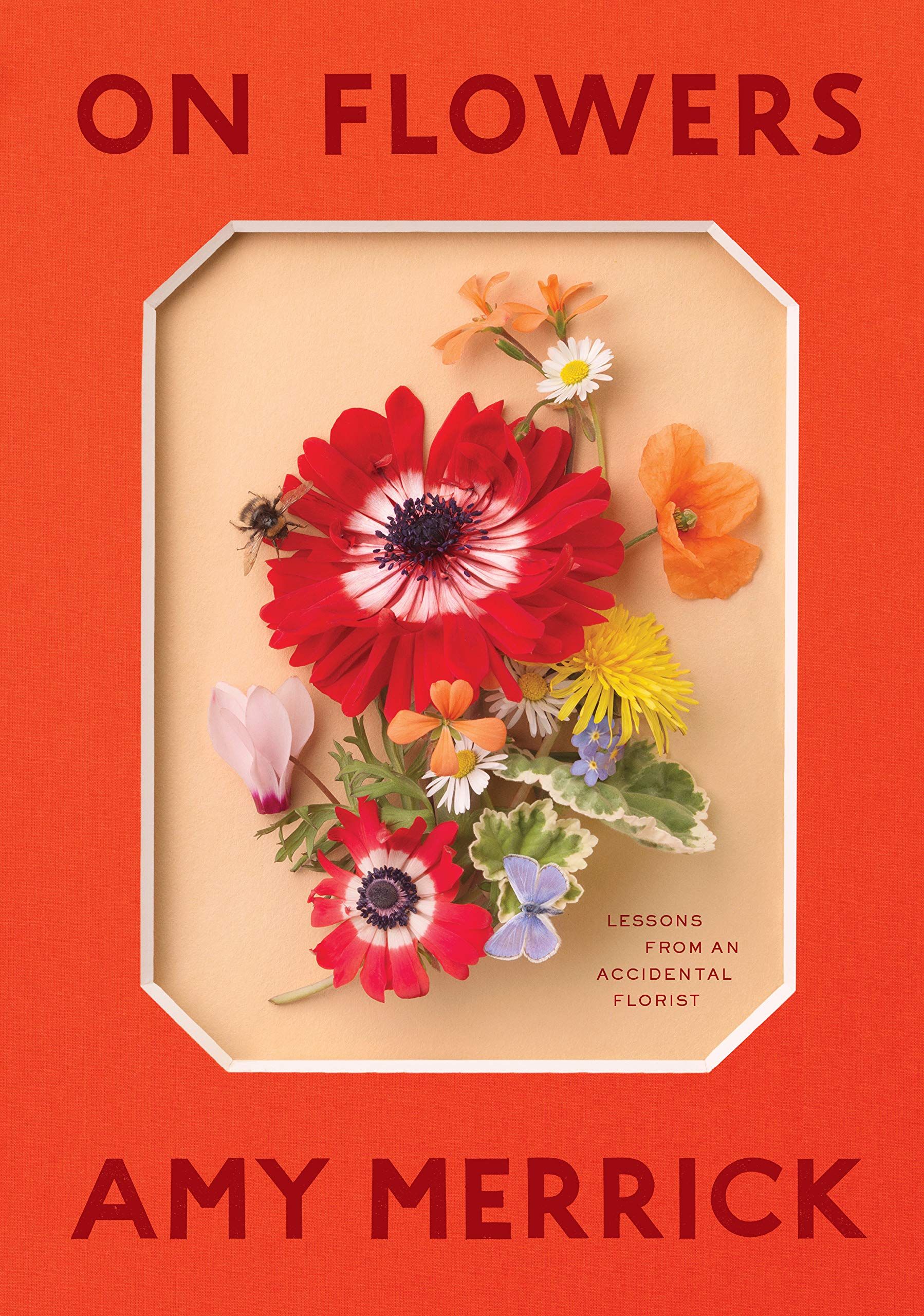
 RSS Feed
RSS Feed